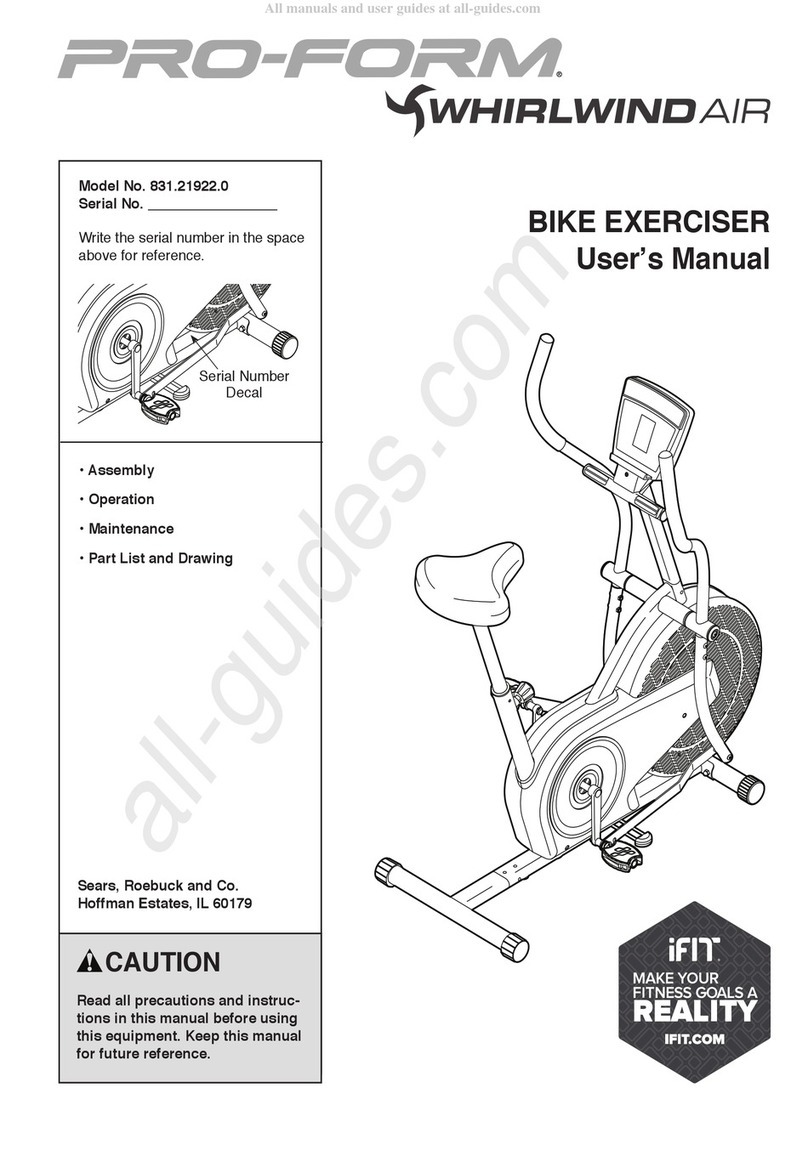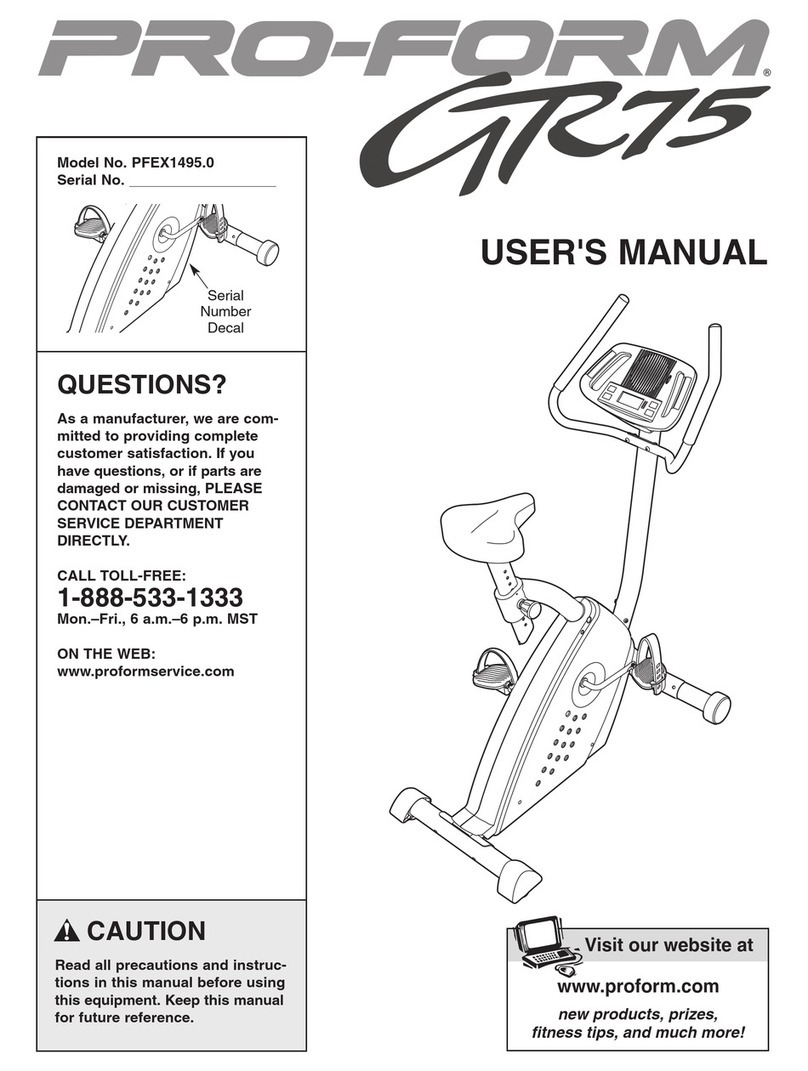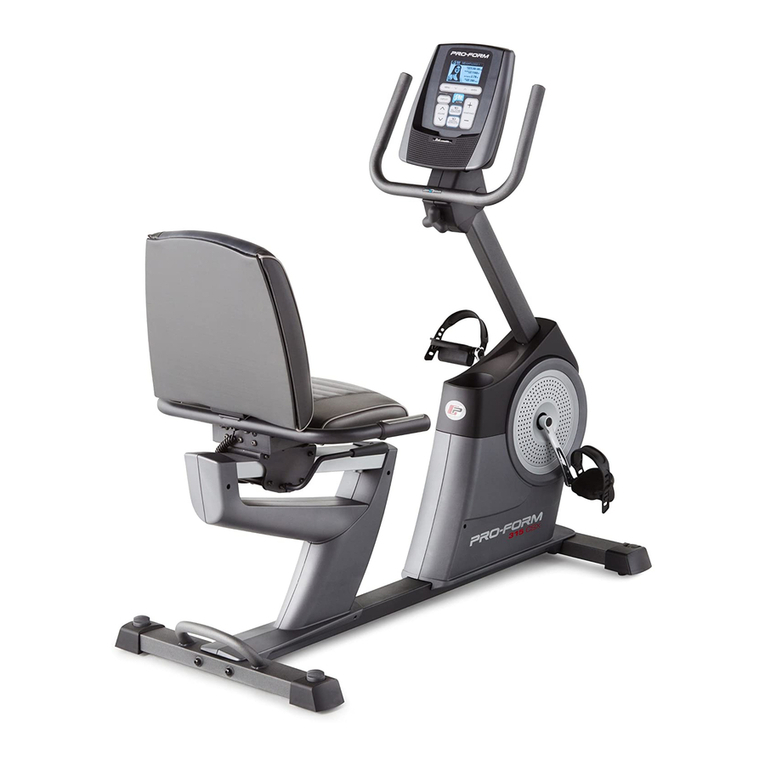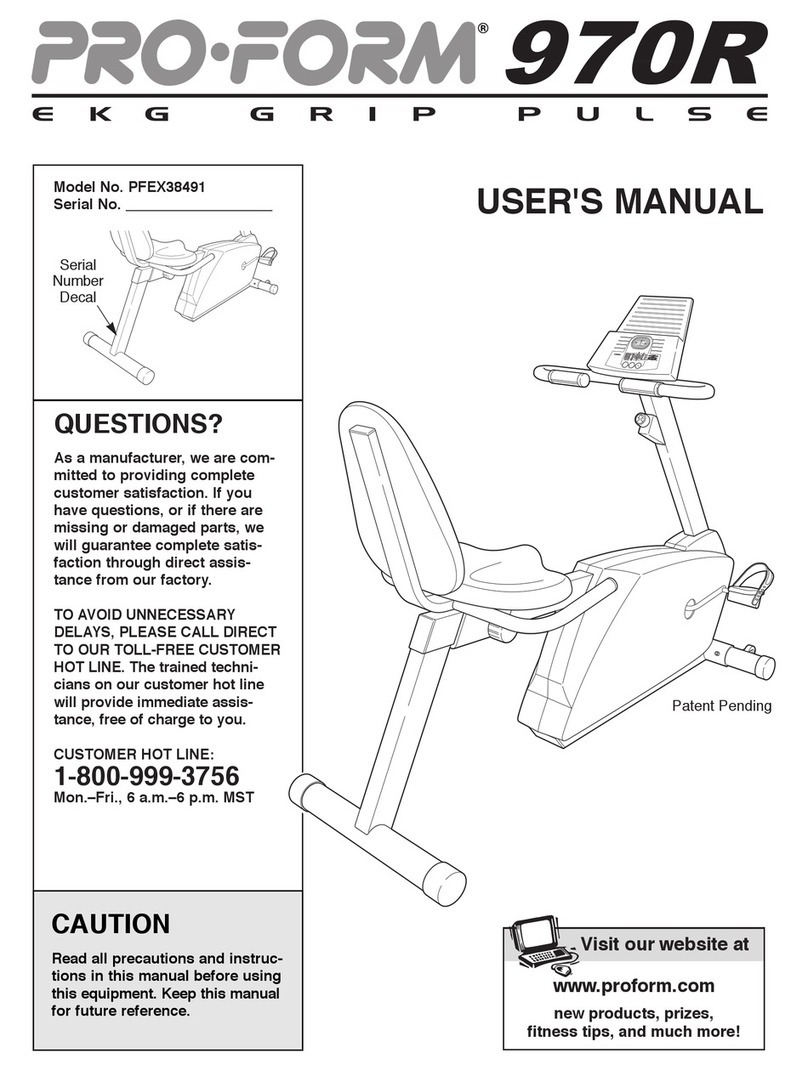Pro-Form 1350 Bike User manual
Other Pro-Form Exercise Bike manuals
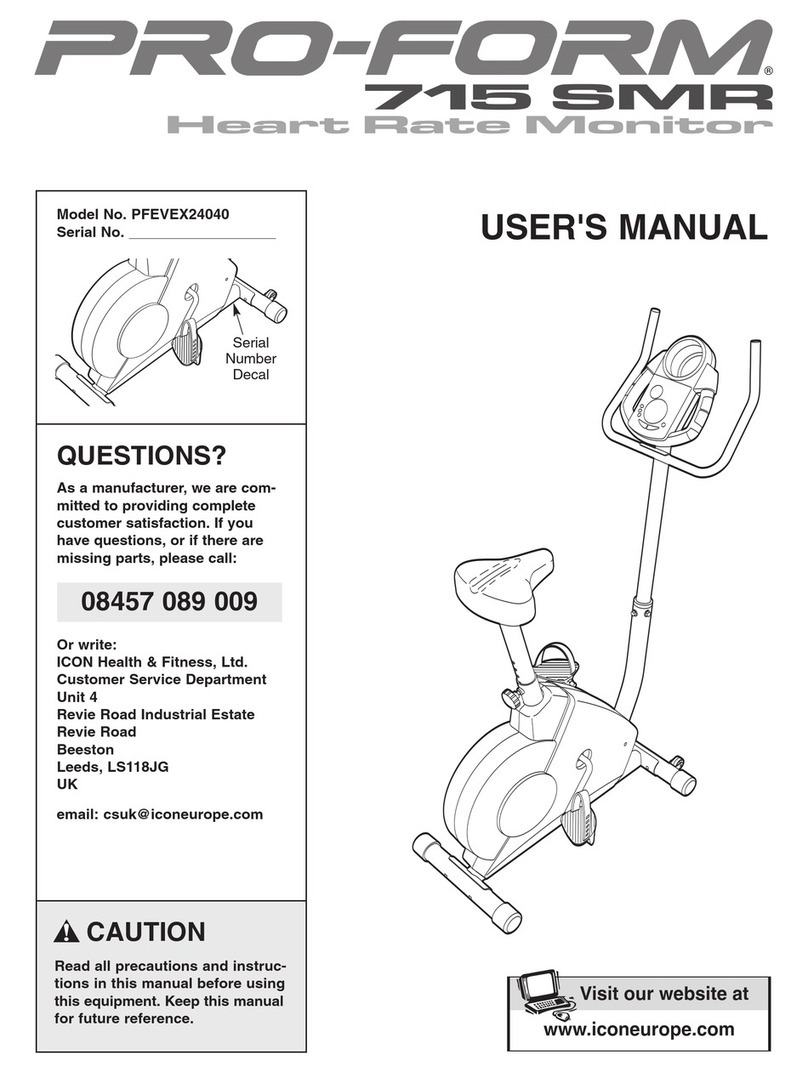
Pro-Form
Pro-Form 715 Smr Bike User manual

Pro-Form
Pro-Form 110 R User manual
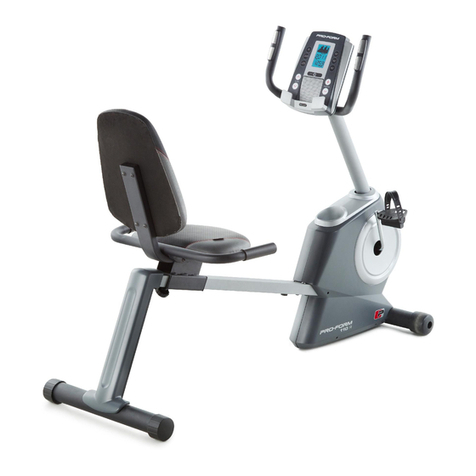
Pro-Form
Pro-Form 110 R User manual

Pro-Form
Pro-Form 180 Zlx Bike Quick start guide
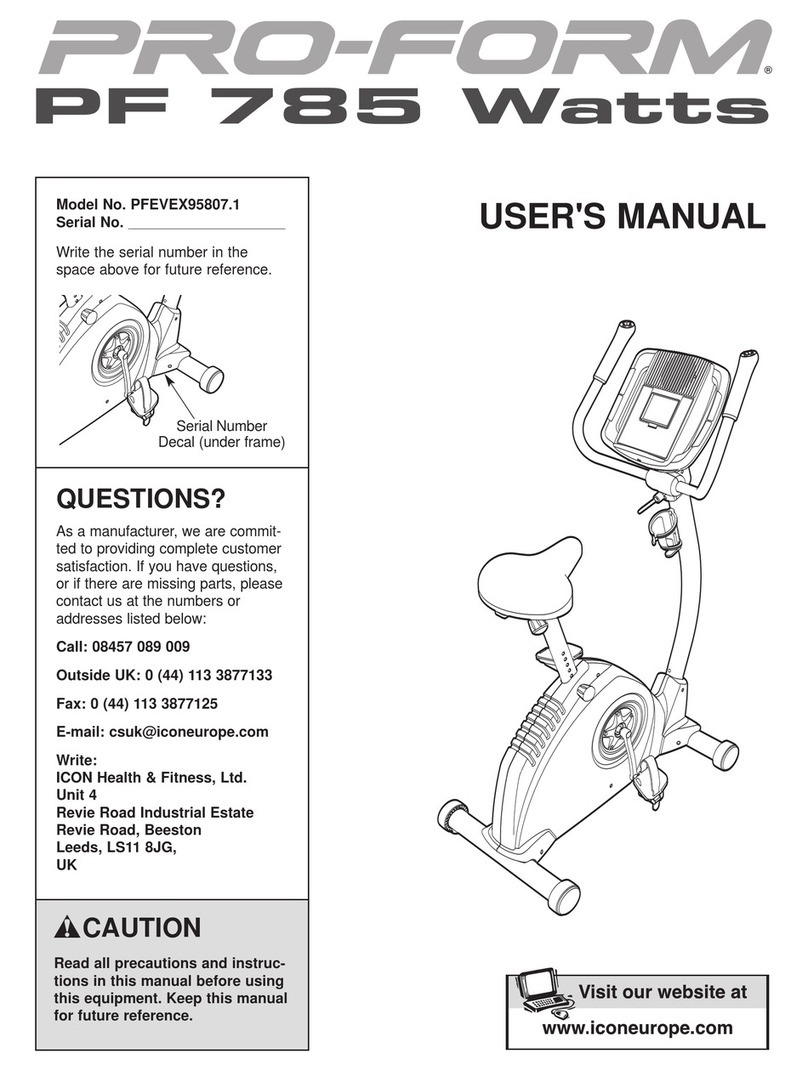
Pro-Form
Pro-Form 785 Watts Bike User manual
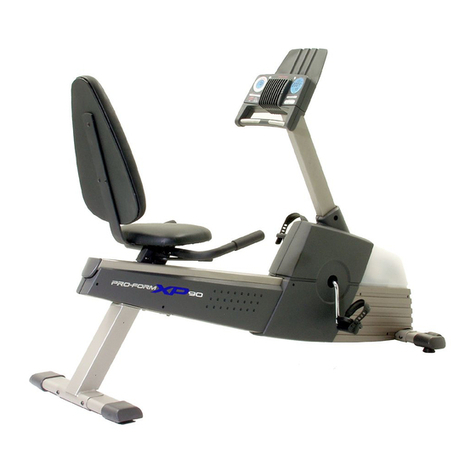
Pro-Form
Pro-Form TrainerCycle PFEX38440 User manual
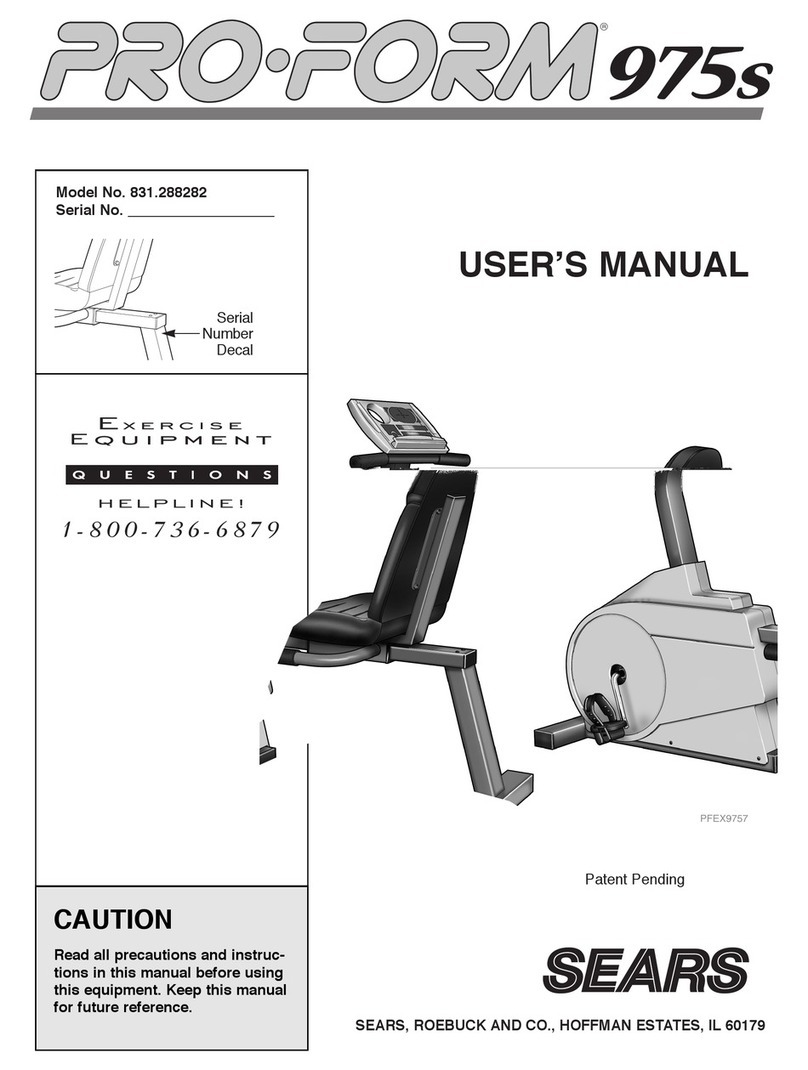
Pro-Form
Pro-Form 9775s User manual

Pro-Form
Pro-Form 780 Ekg Bike System manual

Pro-Form
Pro-Form LE TOUR DE FRANCE PFEX09916.1 User manual

Pro-Form
Pro-Form 715 Smr Bike Operating and maintenance manual

Pro-Form
Pro-Form 280 Zlx Bike User guide
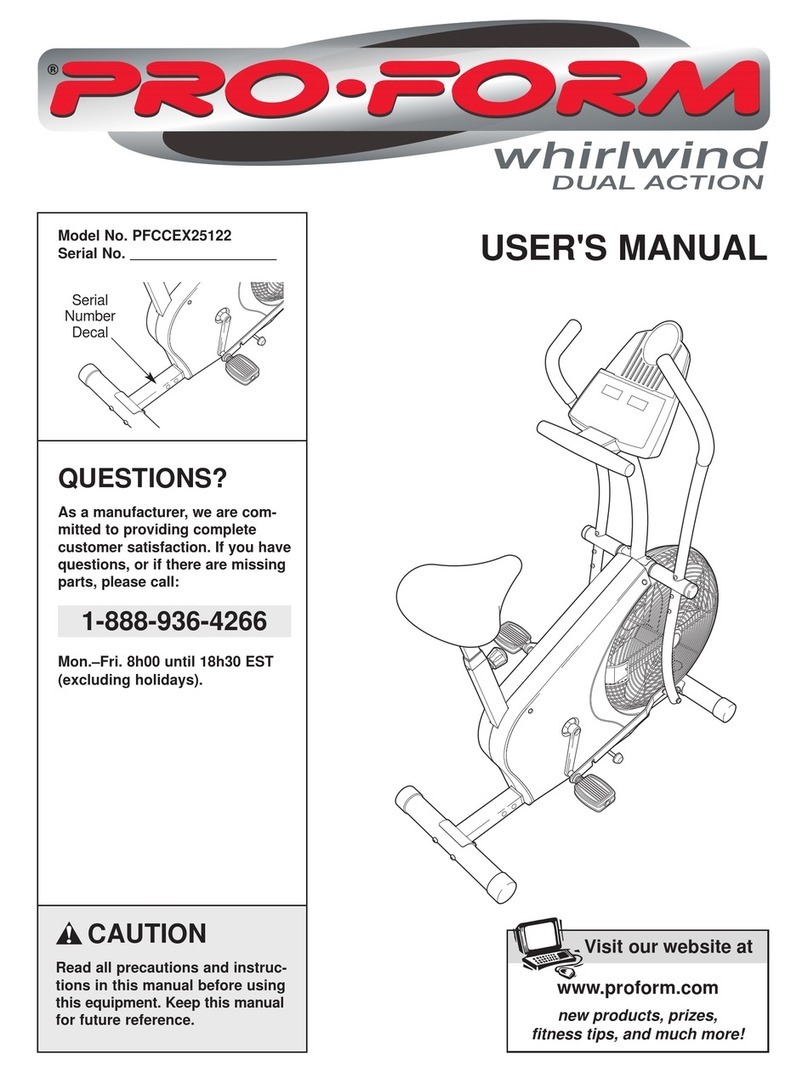
Pro-Form
Pro-Form Whirlwind PFCCEX25122 User manual

Pro-Form
Pro-Form 300 Zlx Bike Setup guide
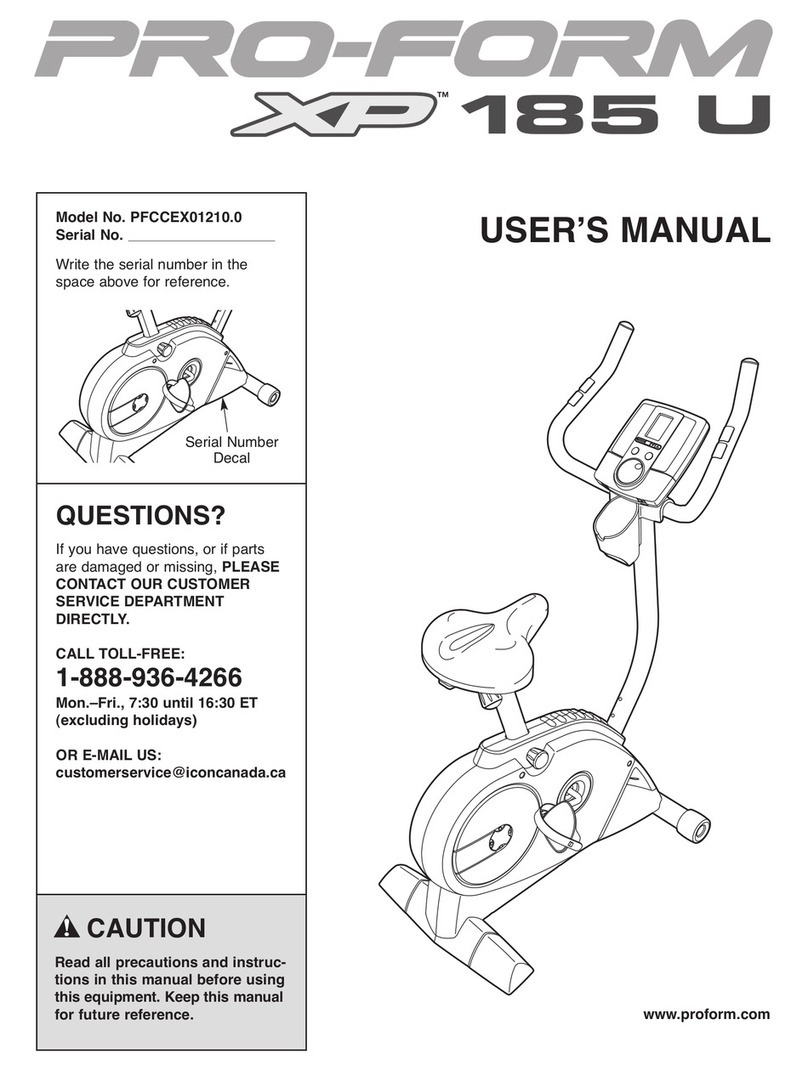
Pro-Form
Pro-Form PFCCEX01210.0 User manual

Pro-Form
Pro-Form 740 Ekg Bike User manual

Pro-Form
Pro-Form LE TOUR DE FRANCE User manual

Pro-Form
Pro-Form 760 Crosstrainer Treadmill User manual
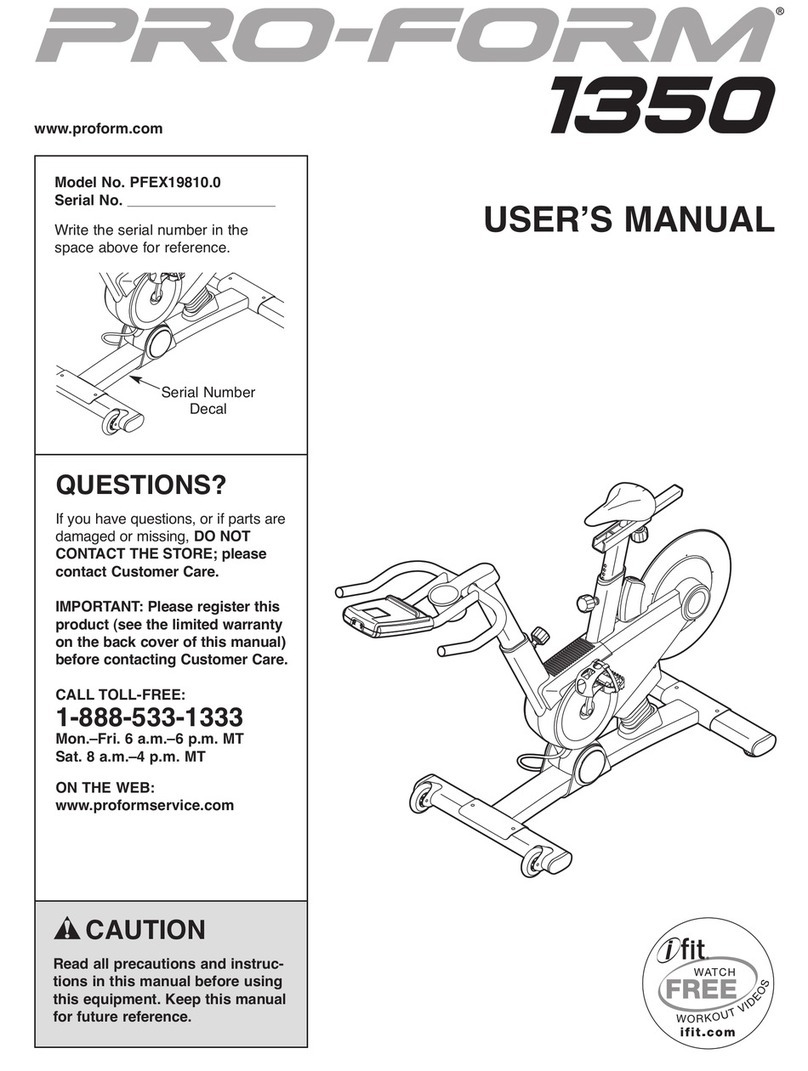
Pro-Form
Pro-Form 1350 User manual
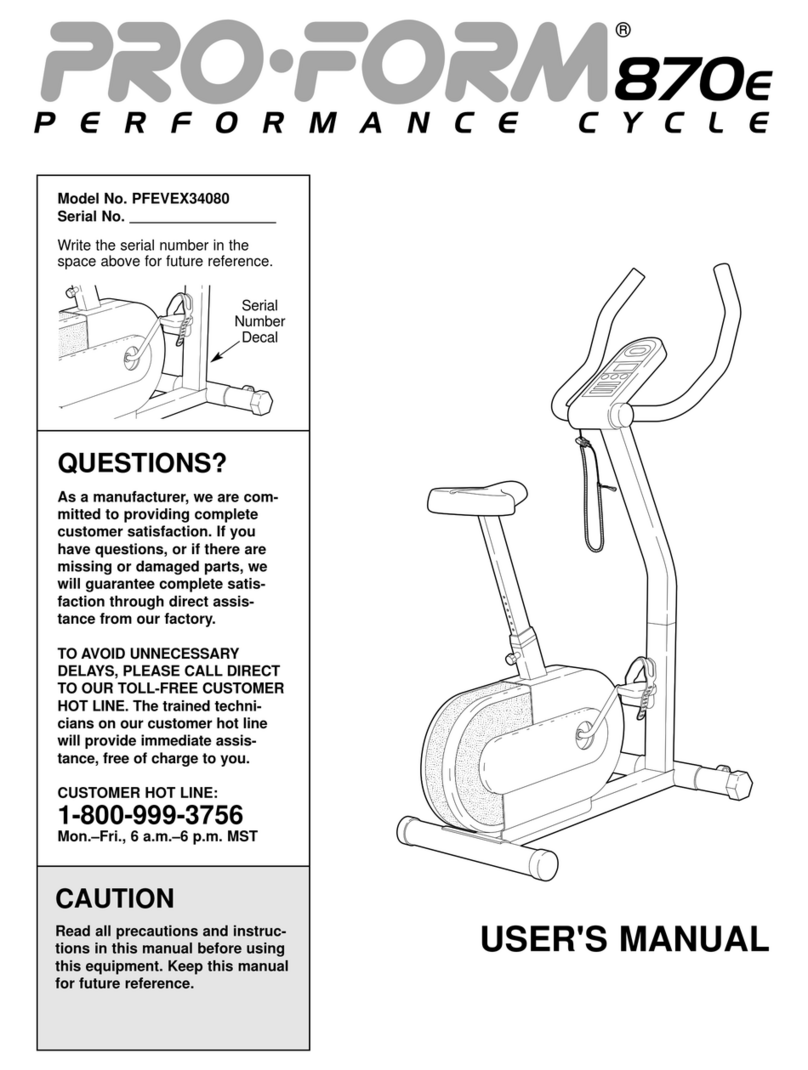
Pro-Form
Pro-Form 870e User manual
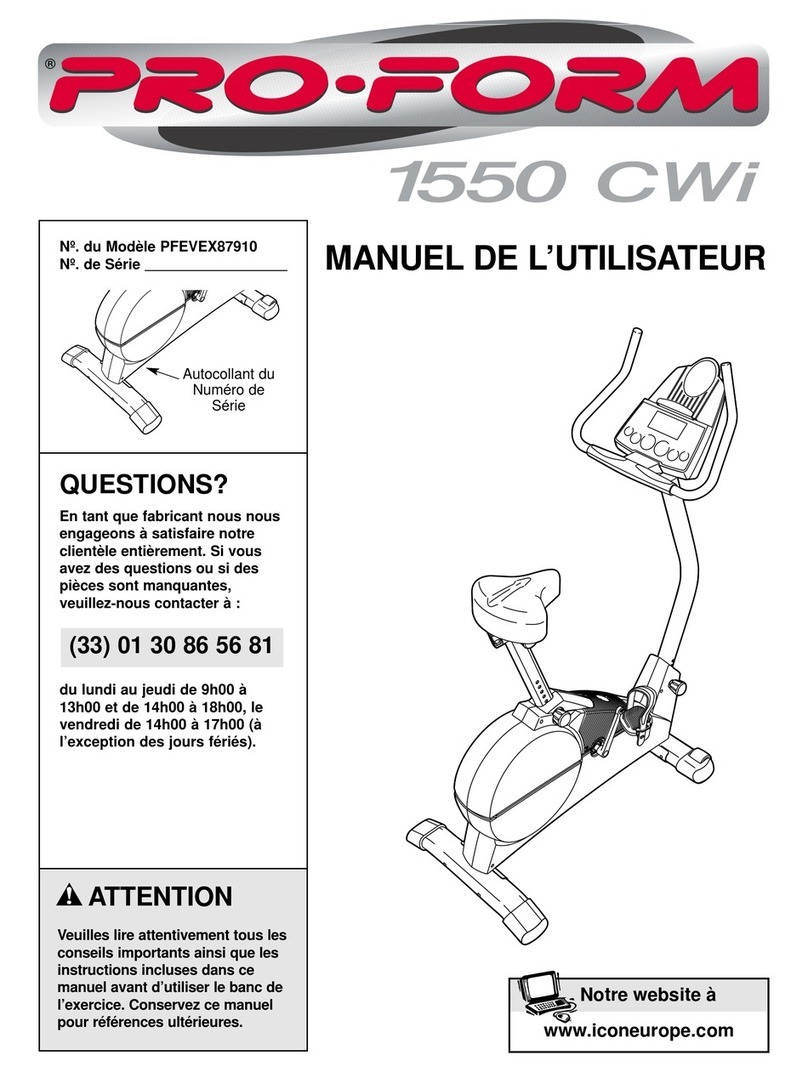
Pro-Form
Pro-Form 1550cwi User manual
Popular Exercise Bike manuals by other brands

Sunny Health & Fitness
Sunny Health & Fitness SF-B121021 user manual

Monark
Monark 827E instruction manual

Stamina
Stamina 1310 owner's manual

American Fitness
American Fitness SPR-BK1072A owner's manual

Cateye
Cateye CS-1000 (CYCLO SIMULATOR) Service manual

BH FITNESS
BH FITNESS H9158H Instructions for assembly and use
